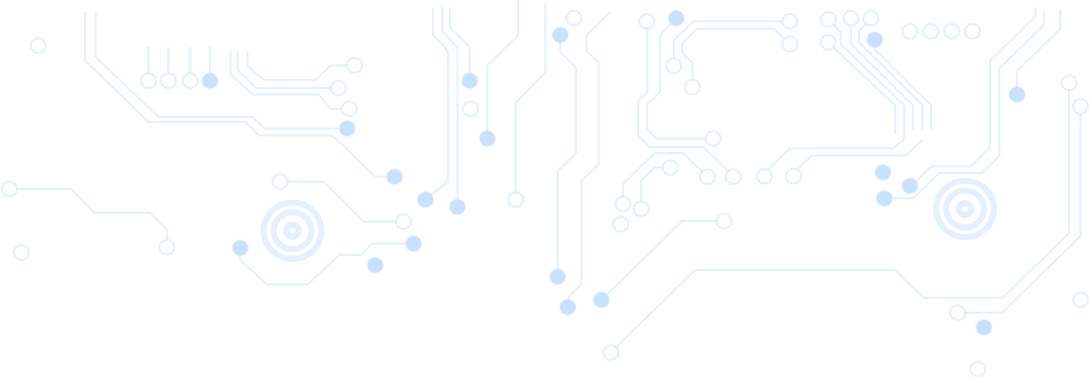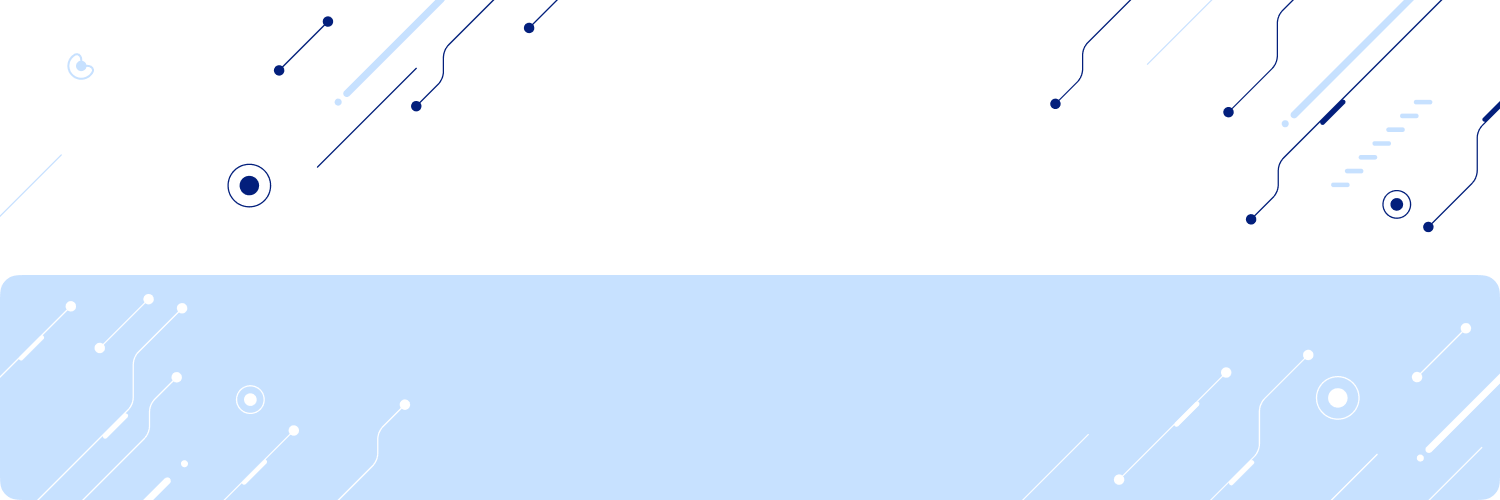


In the evolving landscape of healthcare, establishing a patient-centered ecosystem is not just beneficial; it’s essential. The integration of digital technologies is revolutionizing healthcare, shifting the focus towards personalized patient care. This transformation leverages digital tools to optimize patient-provider interactions, ensuring that healthcare delivery is both efficient and tailored to individual patient needs.
The journey towards a fully integrated digital healthcare system is not without its challenges. Data silos and legacy systems, prevalent in many healthcare institutions, create significant barriers to seamless information flow. These fragmented systems hinder the consolidation of patient data, impeding healthcare providers’ ability to offer coordinated care. The necessity of system integration becomes paramount to bridge these gaps, ensuring that healthcare professionals have unified access to patient data. The McKinsey Report Insight A pivotal report by McKinsey & Company underscores the transformative potential of digital healthcare integration. It highlights the dual benefits: operational cost reductions and enhancements in patient outcomes. By addressing inefficiencies and promoting system interoperability, healthcare providers can not only streamline their operations but also elevate the quality of patient care provided.
Automation stands as a beacon of progress in the healthcare sector. By automating administrative tasks and patient data management, healthcare providers can significantly improve operational efficiency. This automation goes beyond mere convenience; it’s about enhancing accuracy, ensuring privacy, and complying with stringent healthcare regulations. The result is a more efficient healthcare delivery system where the focus can truly be on patient care.
The journey towards an integrated digital healthcare system is a commitment to patient-centric care. It demands secure, compliant, and scalable solutions that ensure the sanctity and integrity of patient data management and administrative tasks. As healthcare continues to evolve, the integration of digital solutions paves the way for a future where healthcare delivery is not just efficient but also profoundly attuned to the needs of each patient. With these advancements, healthcare providers can look forward to a future where patient care is not just a service but a tailored experience.



In the pharmaceutical industry, the integration of AI is redefining operational excellence and innovation. This transformation is not just technological; it’s a strategic overhaul to enhance precision, efficiency, and patient outcomes.
AI-driven analytics in pharma optimize research and development, streamline drug manufacturing processes, and personalize patient care. By leveraging predictive analytics and machine learning, pharma companies can accelerate drug discovery and ensure effective patient treatment plans.
In pharma, AI’s integration is aligned with goals like accelerating drug development, ensuring patient safety, and achieving financial prudence. AI enhances productivity, reduces time-to-market for new drugs, and offers substantial cost savings in clinical trials and drug formulation processes.
AI’s role in the pharma industry is transformative, ensuring not just financial prudence but also fostering innovation that translates into life-saving drugs and therapies. Embracing AI solutions is pivotal for pharma companies aiming to stay at the forefront of medical science and market competitiveness.



The digital transformation in education is not just about adopting new technologies; it’s about fundamentally enhancing the learning experience. It’s about making education more accessible, personalized, and engaging through the integration of digital tools and platforms.
Integrating technology in education comes with its set of challenges, such as data fragmentation and the need for real-time data accessibility. These challenges can hinder the seamless flow of information, disrupt learning processes, and create gaps in educational content delivery.
Automation in education is revolutionizing administrative tasks, aligning them with educational objectives, and thereby allowing educators to focus more on teaching and less on administrative duties. Automation brings efficiency, accuracy, and consistency to administrative processes, enhancing the overall educational infrastructure.
In conclusion, the transformation of the education sector through integration and automation is pivotal. The focus should be on implementing solutions that support and enhance educational processes without causing disruptions. Optimizing administrative operations frees up valuable resources, allowing educators and institutions to focus on what truly matters – providing quality education and nurturing the learners of tomorrow.


